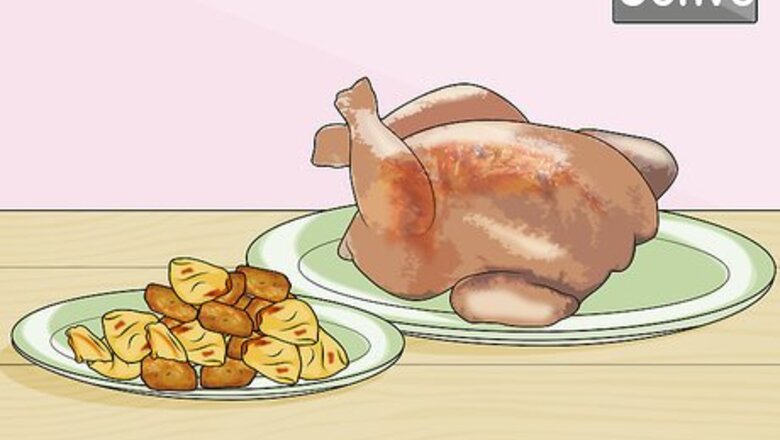
views
Learning When to Use the Convection Setting
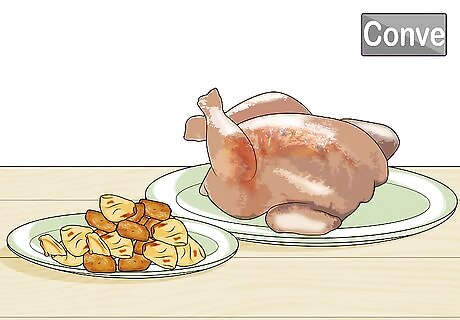
Use the convection option when you want to roast food. The convection setting is great for roasting food because it will help render fat quicker and result in a more uniform-looking browned surface. In addition, convection cooking will help the natural sugars in fruits and vegetables caramelize quicker. This will result in a creamy center and crisp edges. Some examples of food you can roast with the convection setting on include: Turkey Chicken Potatoes Various vegetables Apples
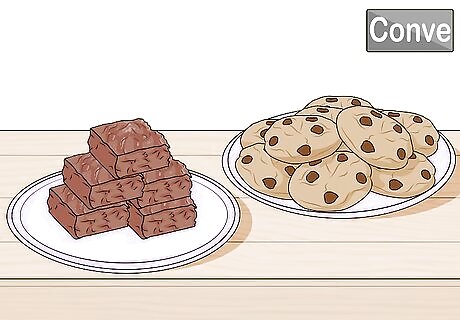
Try the convection setting when you want flakier baked goods. Because of the way hot air moves in a convection oven, your baked goods will be lighter, crisper, and flakier. They might also cook faster. In addition, you won’t have to rotate them that often. Some baked goods you may want to cook with the convection setting turned on include: Cookies Brownies Some types of bread
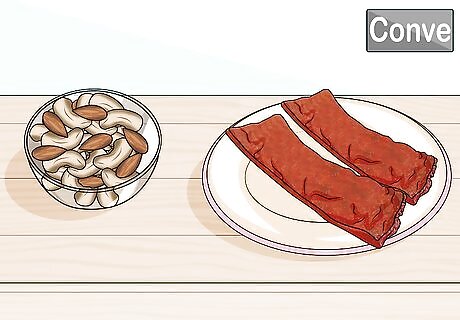
Turn the convection setting on when you want to toast or dry food. The convection setting will speed the drying process and make sure your food is more uniformly toasted. In fact, a convection oven may be better at drying jerky than a dehydrator. Consider toasting or drying: Nuts Jerky Fruit
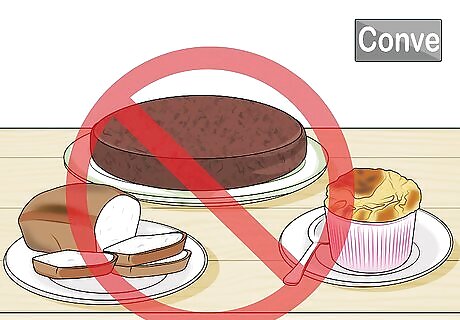
Avoid using the convection setting with delicate pastries. The circulating air in your convection oven will disrupt and harm any delicate dishes you cook. This process could dry out your dish or cause it to ruin in some other way. As a result, avoid cooking the following on the convection setting: Cakes Some breads Custards Soufflés Desserts with a meringue
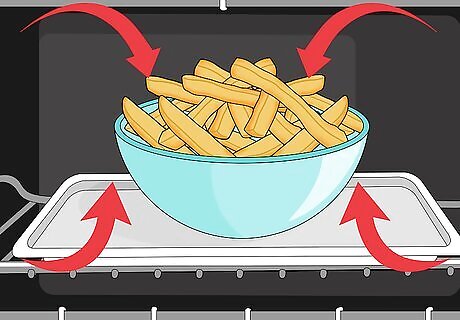
Turn the convection on with fried and crunchy food. If you’re cooking or warming something that you want to stay crunchy, you should turn on the convection setting. This works because the convection oven will move hot air around the food, removing moisture, and crisping the dish. If you are reheating fried chicken, you can do so in the convection oven. If you like your French fries crispy, cook them in the convection oven.
Modifying Recipes
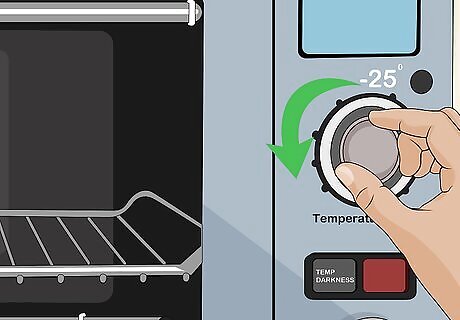
Reduce the temperature by 25 degrees. Since the convection option moves hot air around the oven, it may have the effect of overcooking the outside of a dish and undercooking the inside. As a result, you should lower the temperature by 25 degrees before you start cooking a dish. Your oven might automatically lower the temperature when using the convection setting. Check this before you set your temperature.
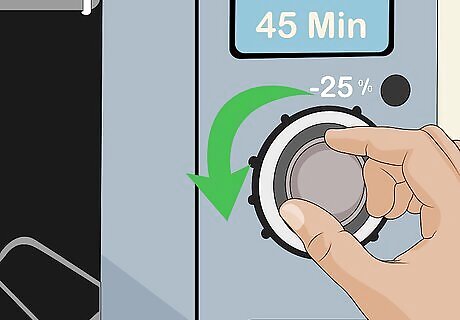
Set your timer for 25% less time. In addition to lowering the temperature when cooking your dish, you should also shorten the amount of time that your recipe calls for it to be cooked. If you don’t cook your dish for less time, it could burn or dry out. For example, if the original bake time was 60 minutes, reduce it to 45 minutes in the convection oven.
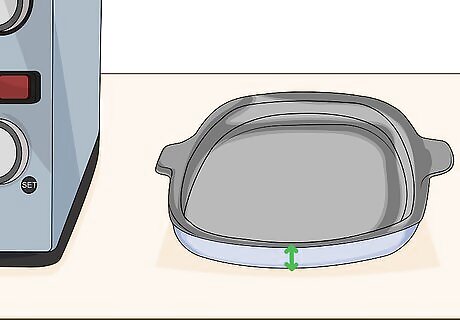
Cook with low-sided cookware. Because the convection process moves hot air around the oven, your dishes will cook best if you use low-sided cookware. Ultimately, this will help your dish cook more equally and make it crisper. Depending on the dish, you may want to use rimless ovenware.

Add extra liquid if you want to keep your dish moist. Since the exhaust system on your oven will remove moisture from your oven, you may need to add extra water to any dishes you want to keep moist. If you don’t, the dishes could dry out or ruin.
Cooking Food with the Convection Setting On
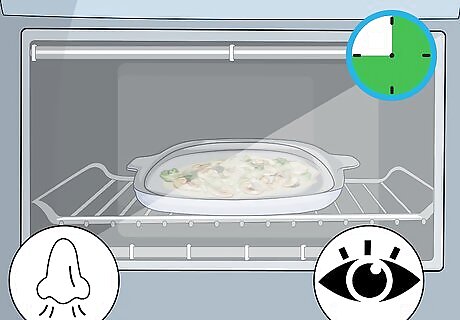
Check food often. As your dish cooks to completion, you should check it relatively often. This is especially important if you’re not that familiar with the convection setting, as dishes may cook faster than on a regular setting. Check your food about halfway through. Start to check your dish more often about two thirds to three quarters of the way to the end. Trust your sight and smell more than the timer.
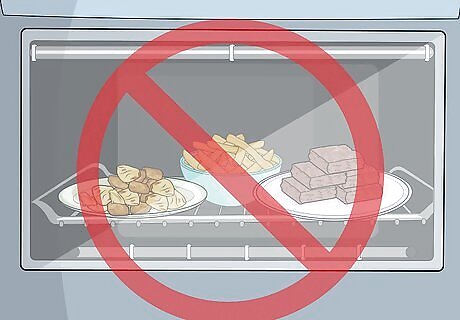
Avoid loading your oven with too many dishes. By putting too many dishes in your convection oven, you’ll slow down the ability of the fan to move air around the oven. This will essentially make the convection option ineffective – and you may spoil your dish.
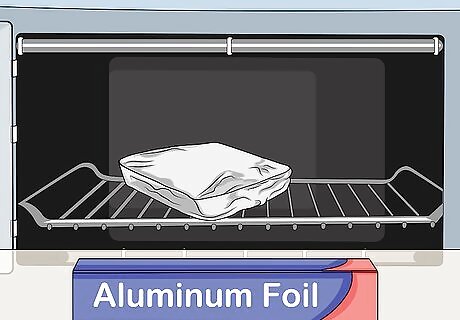
Secure parchment or aluminum foil. Because the fan in your convection oven will be moving the air around, you’ll need to secure parchment or aluminum foil that you use to line a baking sheet or cover a dish with. To do this, either bend the aluminum foil down around the cookie sheet, or place a metal spoon or something similar on top of the foil or parchment paper.

Experiment. Ultimately, the convection setting is just one feature on your oven. You should experiment to see what settings help you to make the best food you can make. Consider cooking the same dish with and without the convection setting on, then, offer them to your friends and family and ask which one was better.










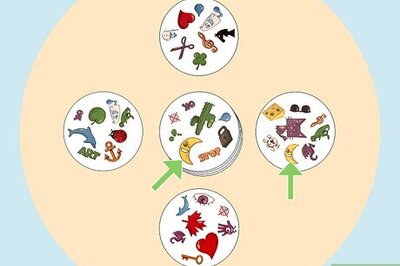



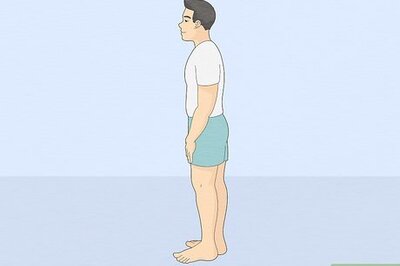



Comments
0 comment